They are also extremely curious and often approach people to investigate. Their intelligence is likely both a result of and a driver of their complex social structures. They generally live in small groups and organize complex, group behaviors when mating and hunting. They are intelligent, playful, powerful animals – a worrisome combination if you happen to be their preferred prey. Different orca populations specialize on different prey types, including large bony fishes; seals, sea lions, and other large marine mammals; and penguins; among other things.
Though all orcas, worldwide, are considered to be members of the same species, there are several known populations that have slightly different appearances, sizes, and behaviors. These include populations that are somewhat territorial and do not migrate long distances (the so called resident populations) and those that are more migratory in nature (the so called transient populations). Furthermore, some transient populations stay near the coast and overlap with resident populations, while others are oceanic. Some orca scientists believe that these populations may represent different species, and recent research suggests that there may be as many as 16 different species. To date, the new species have yet to be described, and the cosmopolitan species Orcinus orca is considered to cover all individuals around the world, regardless of behavior or appearance.
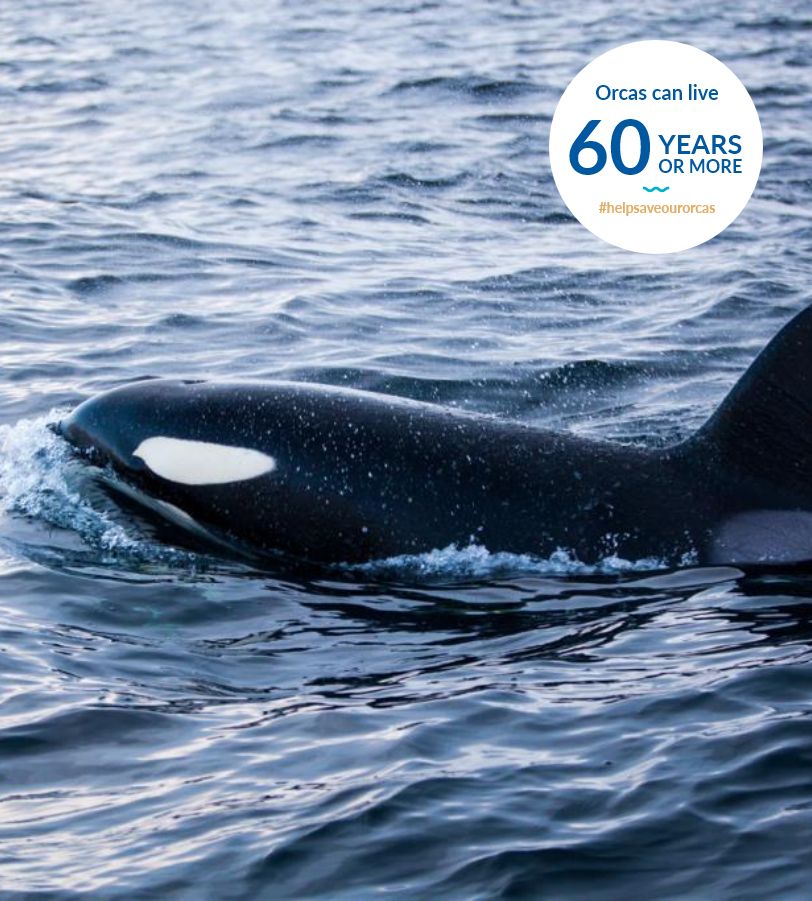
Orcas are the most widely distributed cetaceans (whales, dolphins and porpoises) and can be found in every ocean forming social groups consisting of a 3 to 20 members that tend to stay together over multiple generations. Female orcas are one of only three species that go through menopause, the other two being short-finned pilot whales and humans. Orcas have the most diverse diet of all cetaceans, eating anything from salmon to seals, whales and squid.

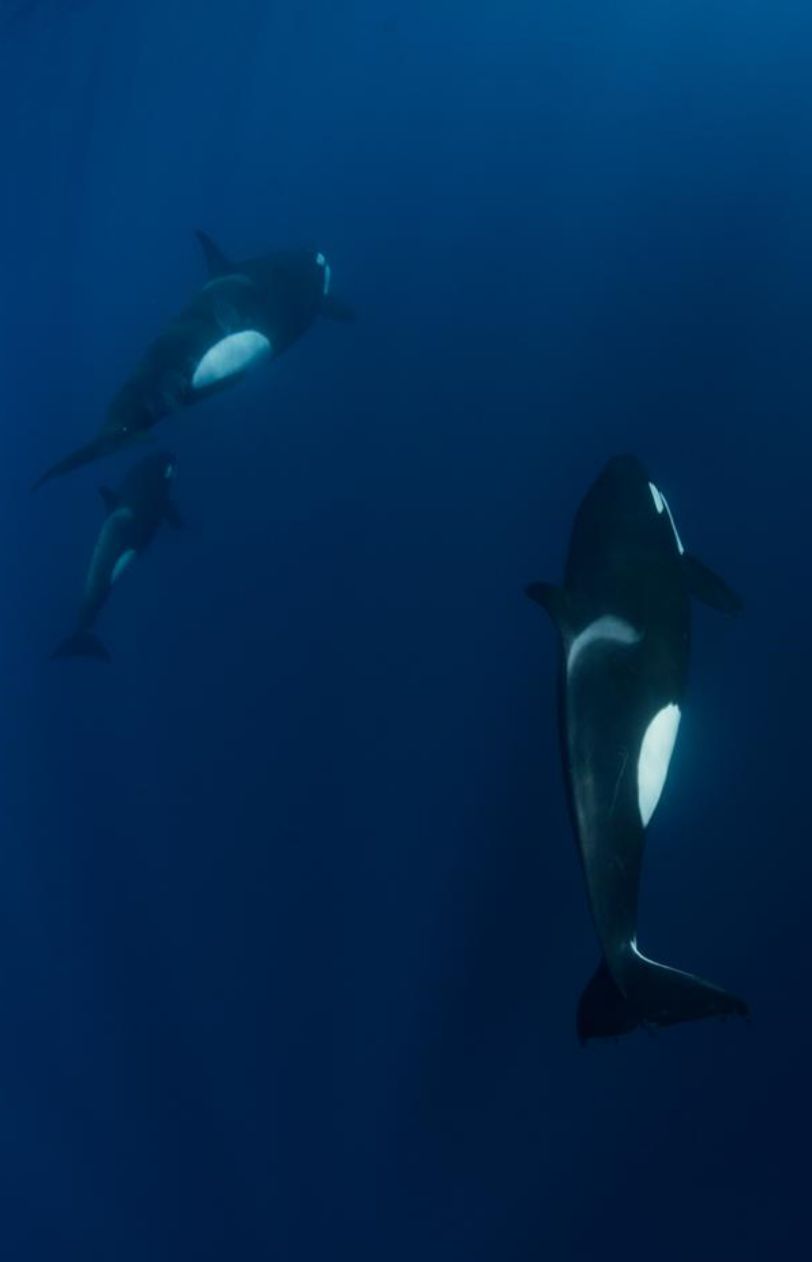
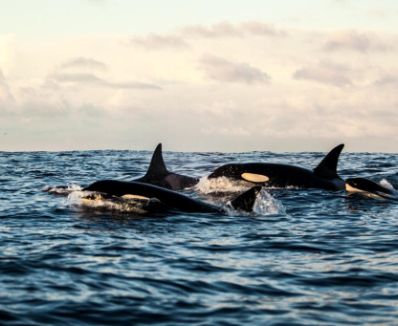
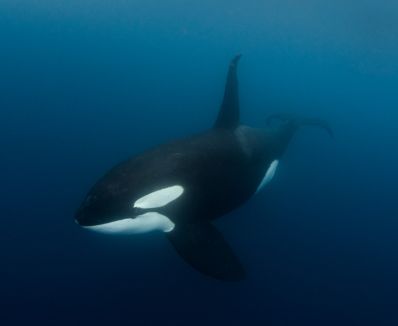
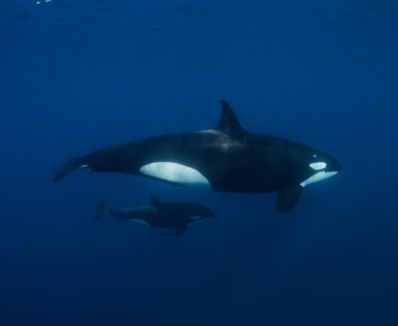
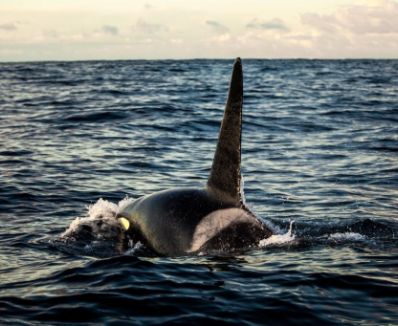
Killer whales have a diverse diet, although individual populations often specialize in particular types of prey. Some local populations are considered threatened or endangered due to prey depletion, habitat loss, pollution (by PCBs), capture for marine mammal parks, and conflicts with human fisheries. When it comes to predator/prey relationships the killer whale is an apex predator and isn’t known to have any natural predators except for humans, parasites and diseases which can have a significant affect on a killer whales health. Orcas have evolved complex culture: a suite of behaviours animals learn from one another. They communicate with distinctive calls and whistles. They can live 60 years or more, and they stay in tight-knit matrilineal groups led by older females that model specific behaviours to younger animals.
CO-EXIST PURCHASES CONTRIBUTE TO PROTECTING THE WORLDS ORCA POPULATION!
Show your support and awareness. Help to preserve and protect our world's oceans.